Just spent the last four days in Medellin in the country of Colombia.
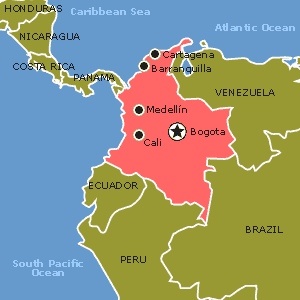
What is the first thing that pops into your mind when you think of Medellin Colombia?
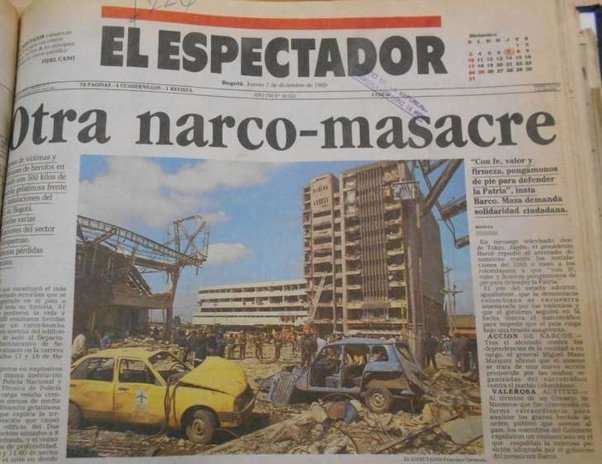
My guess is terror, horrific violence, war zone, murders, Pablo Escobar and the notorious narcotrafficking Medellin Cartel. During the 80s and early 90s Medellin was known as the murder capitol of the world. Pablo Escobar was the world’s most powerful drug trafficker. He and his network supplied up to 80% of the cocaine in the United States at the time.
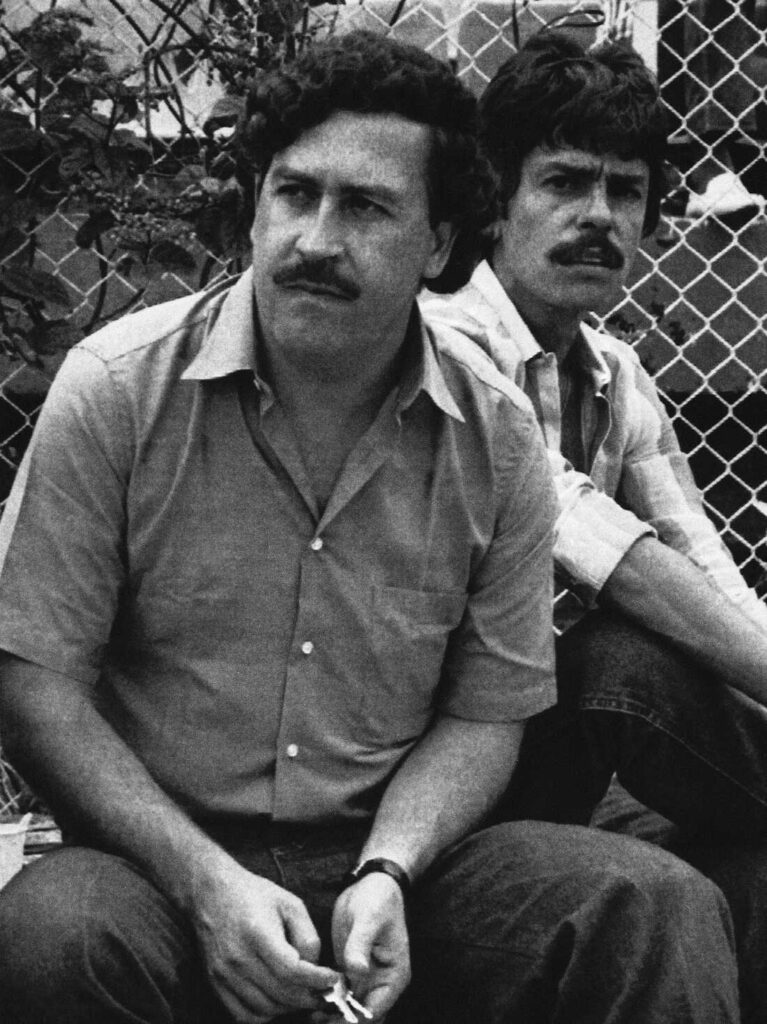
Let me tell you that is long gone from Medellin. Escobar died 30 years ago. The murder rate has dropped from 375 per 100,000 population in 1991 to 15 per 100,000 in 2022. Medellin is now safer than Detroit, New Orleans, Baltimore, to name a few US cities.
This metropolis has 4.4 million people in it, the same size population as the Seattle metro area. Medellin ranks as the second most populous metro area in Colombia, after Bogotá.
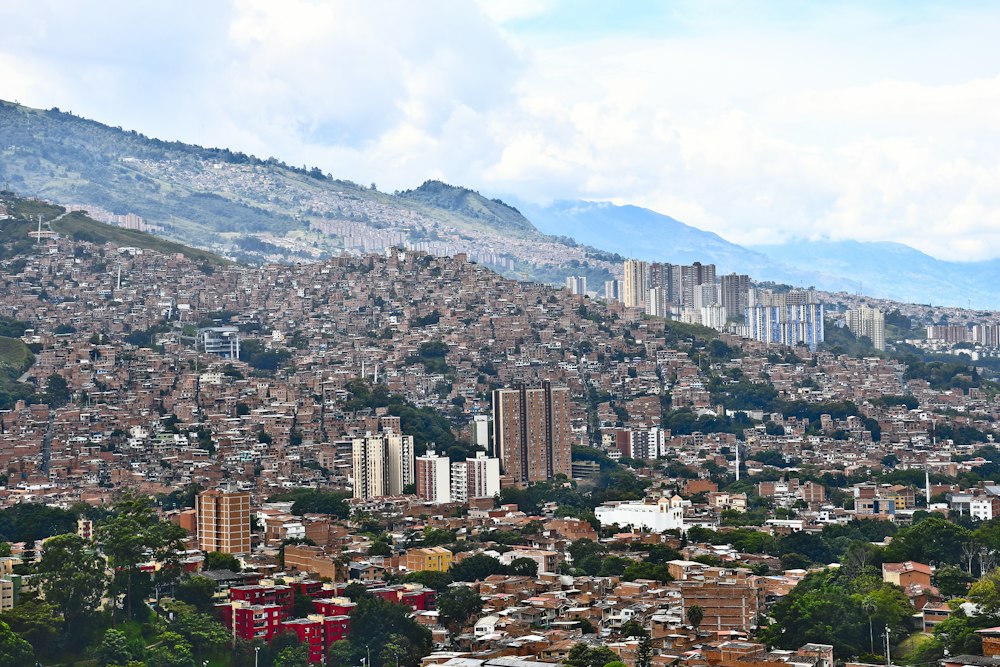
The city is bustling. Libraries, parks, sports, conferences, businesses, universities, neighborhoods, street life, art and sculpture, high end malls, a Metro system, to name a few. The city is the center of the coffee industry in Colombia.
What caught my eye the most were the following:
The people. So nice and unbelievably welcoming. Genuine, friendly, energetic, positive and delightful. Locals are called “Paisas.”
The language. So great to be around the Spanish language, which is so beautiful. Although I took Spanish in school for 5 years many years ago, lived in Barcelona Spain for 3 months some 50 years ago, have traveled to 12 Spanish speaking countries, and can speak and understand Spanish somewhat decently, I am by no means even close to being fluent. So, one of the highlights of my trip was to have a Spanish lesson while I was there.
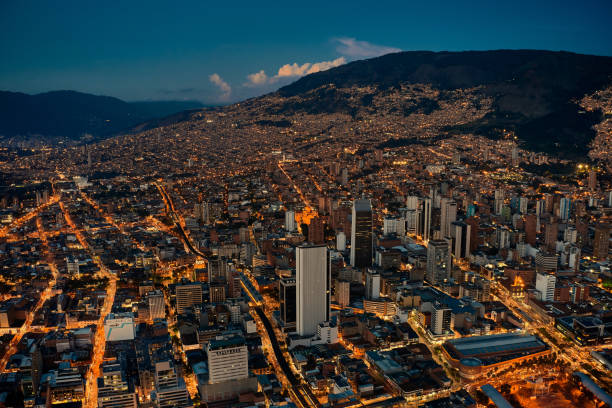
The setting. So spectacular. Sitting in the Aburra Valley at an elevation of 4,900’ Medellin is surrounded by Andes mountains. Many of the communas (districts) are built on impossibly steep hillsides that surround the downtown. The other thing that stands out is how green everything is. The lushness of the forests, almost jungle like, the parks, the gardens, trees and brush.
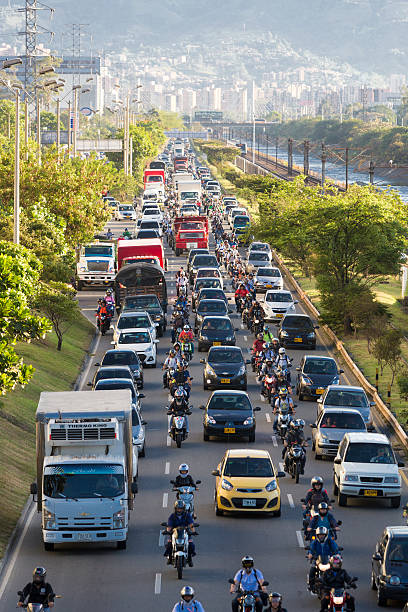
The hustle and bustle. The city is teaming. People go to work early. They work 5 and one half days a week – 44 hour work weeks. Motorcycles and electric scooters are everywhere.
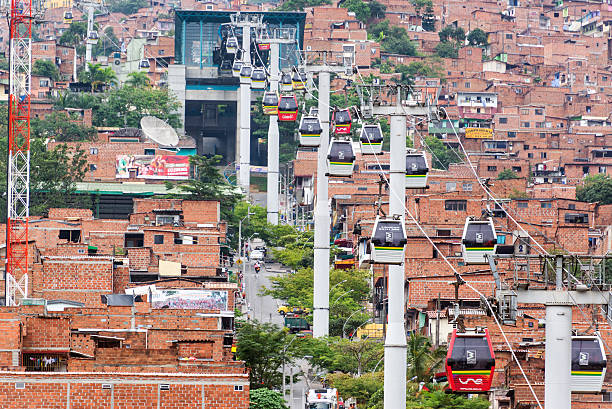
The Metro. Medellin has a 19.4 mile long rapid transit system (Medellin Metro) with 2 main lines which are all at grade or elevated, supplemented of course by scores of buses. The rail system is 29 years old, but the stations and the rail vehicles are spotless and in first class condition. The Metro moves some 215 million passengers a year. It is an absolutely crucial component of the city’s life — without which the congestion and traffic would be horrendous. The very interesting component of the Medellin Metro is the inclusion of aerial cable cars into its system. There are 5 cable car lines that connect with the two main rail lines. The cable car lines have 18 stations; the rail lines have 27 stations. They are so important in this city surrounded by steep hills and mountains, for they connect many of the poorest communas (districts) located in geographically difficult areas to the Metro system. It was the first city in the world to use cable cars as part of its mass transit system. Riding the Metro and its cable cars was a thrill for me, as you can imagine given my years of working in the metros of Seattle, Oakland and Los Angeles.
The pedestrian rights of way. There is no question who has the right of way in Medellin, and it is not the pedestrian! The autos, motorcycles and electric scooters have the right of way. I tried to find out where this comes from, and the best explanation I heard was that it is a hangover from the drug dealing period where individuals on motorcycles or cars were running for their lives, to escape the drug guerillas. Survival was the first priority.
The weather. Sitting so close to the equator, the sun rises and sets at the same times almost all year round. The temperature is also very predictable and steady. Usually between 70 and 75 degrees, without any appreciable humidity. Sitting at 4,900’ elevation, and getting pleasant breezes. The rains, when they occur, last for 20 minutes in a typical day. The city is called the “City of Eternal Spring” for good reason.
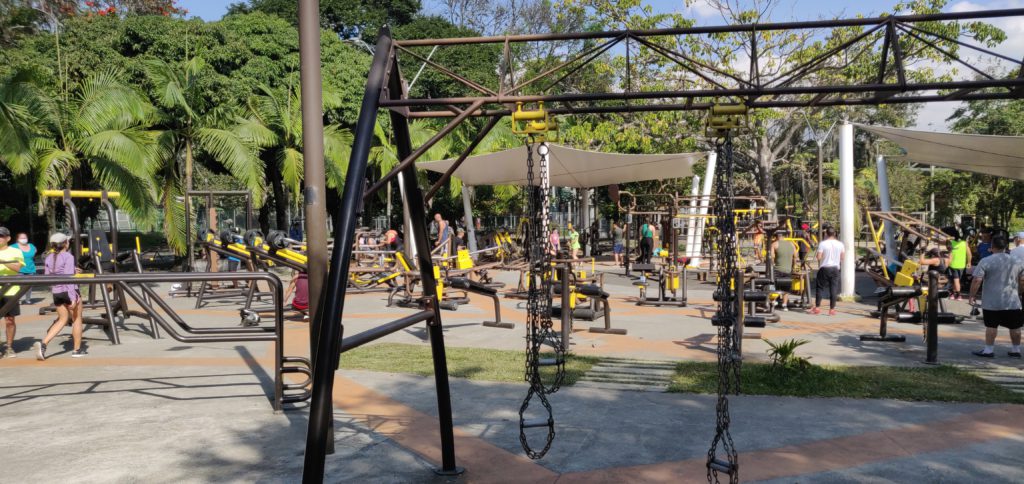
The sport activities. The city sits at 4,900’ above sea level, so it takes a little getting used to when the rest of the year you live at sea level. Outdoor sports are obviously very important to a large segment of the population. You see this is in a couple of ways. One, the very extensive sports parks located in numerous communas (districts of the city) with several swimming pools, archery ranges, soccer fields, basketball courts, pickleball courts, volleyball courts, running tracks, and extensive outdoor full gyms. Two, the obvious interest in cycling. The roads that climb and descend the mountains that surround the valley are sprinkled with many cyclists getting their daily workouts. During my brief stay I was able to play some pickleball which is alive and well in Medellin, plus I was able to participate in a workout led by the personal trainer.
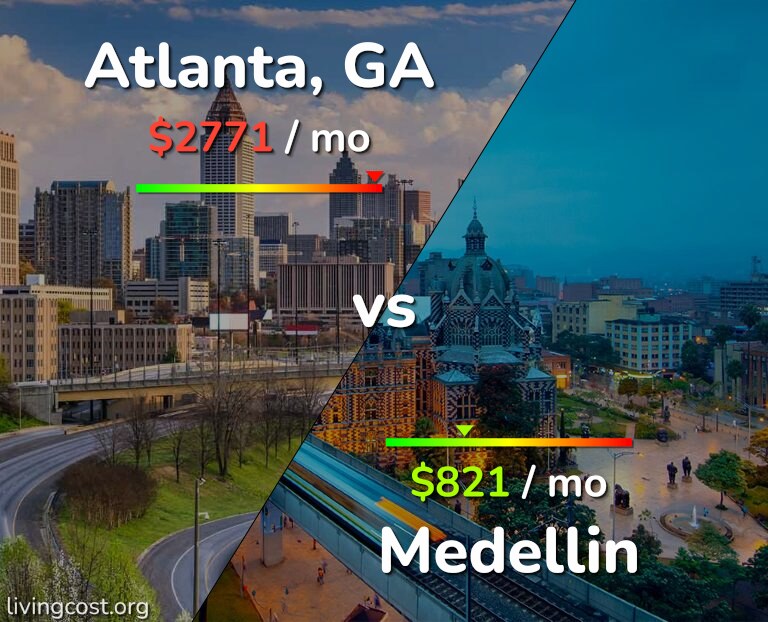
The cost of living. You are not going to believe this, but the cost of living is one quarter (25%) of what it is in America. It is unbelievably low. Your US dollar goes four times further than it does in the US.

The communas. There are 16 communas in the City of Medellin. These communas are districts of the city that house an average of 17 neighborhoods each. They were made famous by the exploits of Escobar. In particular, I spent 3+ hours doing a walking tour of Communa 13. Historically Communa 13 was Medellin’s most dangerous district, best known for its urban warfare, with quasi military operations, guerrilla fighting and killing that traumatized the district and its 18 neighborhoods. Pablo Escobar turned Communa 13 “into a cradle of hired assassins.” Yet today it has recovered from that with a teaming, bustling, trendy and vibrant community that highlights its street art and colorful murals, its hip hop and other music, and its culture.
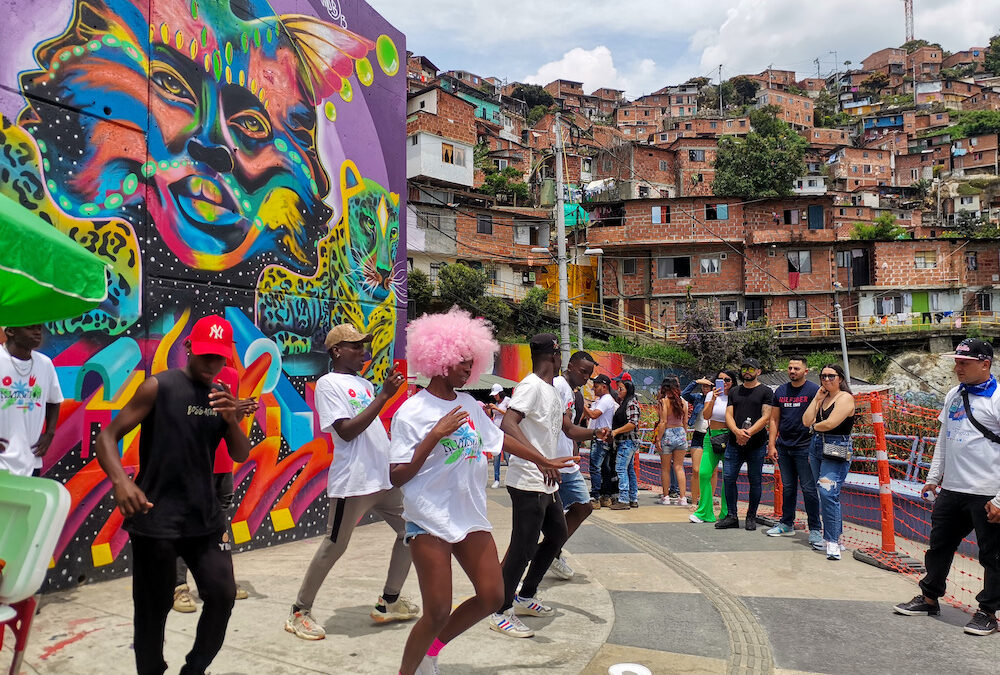
Located on the sides of steep hills, in 2011 outdoor escalators for the community were installed, operating 24 hours a day. These escalators scale the equivalent of 28 stories!
The pollution. Not everything is wonderful in Medellin. At least when I was there, I was struck by what appeared to be pollution. There is a haze that often sits in the extensive valley where Medellin is located. I do not believe that the haze is the result of the significant fires that are occuring in the Bogata area. In addition, there is the Medellin or Porce River that runs through the center of the city, from north to south. And it is lined with parks, roads and the Metro. However, the river needs to be cleaned up big time. It is so filled with junk, garbage, old tires, etc. that it stands in stark contrast to the overall beauty of the setting.
A special bond. For some reason, and I am not quite sure why, I feel like there is a special bond between people I met in Medellin and people in the United States. Many individuals from Medellin have gone to great lengths to get to the United States, only to return after some years. Similarly, many individuals from the States have permanently relocated to Medellin, working remotely in many cases, and who return to the States for a month or two each year. Others from the States have decided to live in Medellin for 6 months of every year. There is, I think, some special connection between Paisas and Americanos.
A note of caution. You, the reader, should take into account that my observations are based on only having been in the city and the surrounding region for four days.
Fortunately, my visit was made even more enjoyable by the fact that I was visiting my nephew Tim, his wife Synthia and their two adorable 13- and 11-year-old daughters, Abagail and Evelyn.
Tim and his family have been living in Medellin for the last 6 months, as part of their decision to have the experience of spending 10 months living in a foreign country. Their insights, observations and introductions significantly accelerated my understanding and appreciation of Medellin.
Based on my four days, I would go back to Medellin in a heartbeat. In fact, the trip to both Medellin and to Panama has reignited my interest in and enthusiasm for spending more time in Latin and South America.
Not only do I as an individual want to spend more time in the southern half of our hemisphere, but I believe that our citizenry and our government need to spend more time and attention focused on our neighbors to the south. Stay tuned to future commentaries on what we as a people and as a nation need to do in working with our Central and South American neighbors.
Medellin – a great surprise! What a great city and metro area!
Great snapshot of a beautiful city. I watched a special that focused on the transit system, especially the cable cars, and how they enabled all the citizens access to the entire city. From your observations it sounds like it truly does work!
If Columbia is so wonderful.. why don’t the migrants stay there?
I learned more about this city in your BLOG than I ever knew before about the place. In my mind it was the center of drug cartels and that will be hard to shake. There must still be an ugly underbelly there–the drug business does not just vanish.
By the way Neil, check your spell checker as I think you mean teeming and it’s messing with you, unless you are thinking “pickleball”!
This is a great summary! I knew 90% of what was said here, but learned a lot! Furthermore, the organization of the information helped me to synthesize stuff I already knew, better.
Awesome visit, Neil